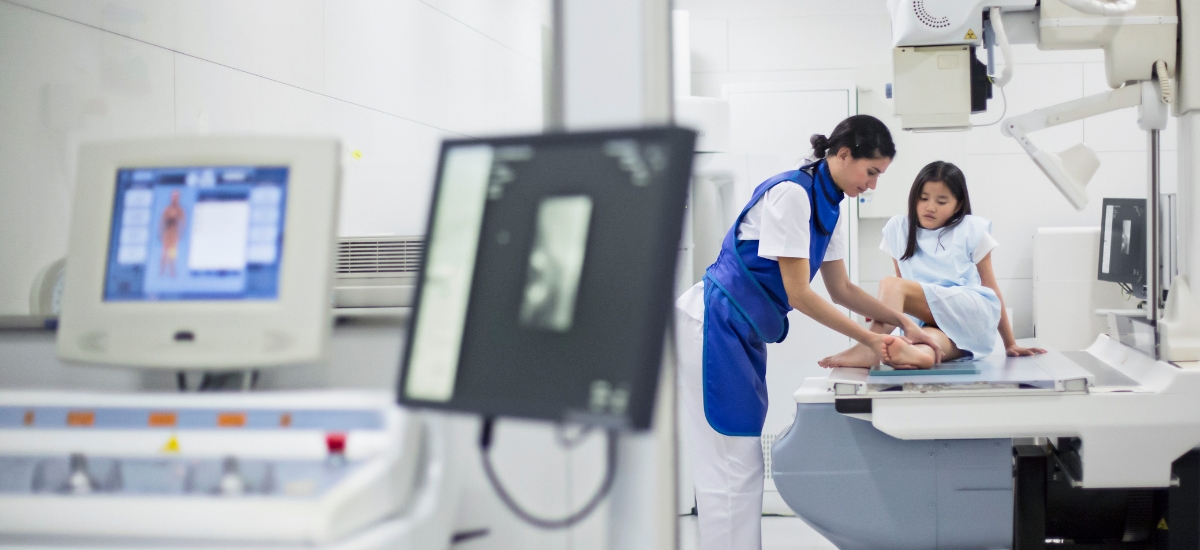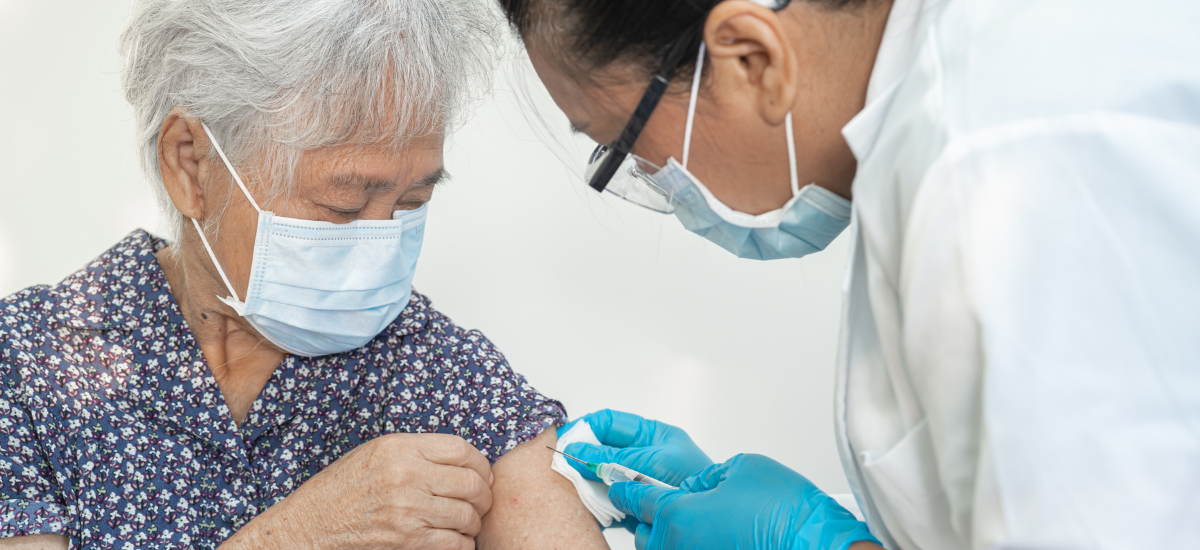
On average, the annual radiation exposure a person experiences has doubled in the last decade. From X-rays to CT scans, medical radiation is the most common form of radiation exposure for the average person. While these interventions or exams can be lifesaving, they also increase a person’s risk of radiation-related complications later in life.
Radiation exposure negatively impacts the immune system, including depletion of lymphocytes, leaving a person immunocompromised. However, little is known about methods to restore the number and function of lymphocytes following radiation exposure.
Memory CD8 T Cells
For her Master’s thesis work with Dr. Vladimir Badovinac, Professor of Pathology at Carver College of Medicine at the University of Iowa, Elizabeth Escue, MS investigated the ability of CD8 T cells to recover after radiation exposure. CD8 T cells were of particular interest to Escue due to their critical role in the clearance of pathogens and cancer cells.
Memory CD8 T cells exist in different “levels” influenced by the number of times they have encountered their specific antigen (cognate antigen), either through repeated infections or vaccinations. CD8 T cells derived from a single exposure to a pathogen or vaccination are considered 1M CD8 T cells. Dr. Badovinac previously demonstrated that 1M CD8 T cells suffer radiation-induced cell death to a lesser degree than naïve CD8 T cells but remain unable to recover in quantity. Escue investigated the effects of radiation exposure on memory CD8 T cells with multiple exposures to their cognate antigen, 4M CD8 T cells, which was previously unknown.
Impact of Radiation Exposure
Using mice exposed to whole-body irradiation, the researchers found that the number of prior antigen exposures did not alter the susceptibility of memory CD8 T cells to radiation-induced cell death. However, the number of 4M CD8 T cells declined continuously over time, while the number of 1M CD8 T cells stabilized after the acute phase of radiation damage. Cytokine production after antigen stimulation was reduced in all irradiated memory CD8 T cell types, but 4M CD8 T cells showed a greater impairment in their ability to proliferate in response to a new antigen challenge.
“These findings suggest that prior antigen exposure history shapes how memory CD8 T cells respond to radiation. Therefore, memory CD8 T cell subsets generated through endemic infections or vaccine booster regimens may provide suboptimal protection in individuals with a history of radiation exposure,” said Escue.
“Developing effective strategies to restore CD8 T cell memory in radiation-exposed patients requires a detailed understanding of the full range of impairments affecting these cells. Our findings highlight the need for therapeutic approaches that address functional deficits across all ‘levels’ of memory CD8 T cells,” added Dr. Badovinac.
Restoring Memory CD8 T Cells
The researchers hope this work paves the way for innovative post-radiation therapies designed to restore the memory of CD8 T cells in their entirety by targeting the diverse functional deficits identified here and improving immune protection for affected individuals.
To build on these findings, Dr. Badovinac, in close collaboration with AAI Member Dr. John Harty, plans to expand the analysis of irradiated memory CD8 T cells to identify the specific pathways driving their functional impairment. They also plan to explore multiple post-radiation treatment strategies that could fully restore the memory CD8 T cell compartment and strengthen overall immune resilience.
The full research paper can be found in The Journal of Immunology (The JI), published by the American Association of Immunologists. As one of the most highly cited journals in the field of immunology, The JI is committed to describing novel findings in all areas of experimental immunology, including basic and clinical studies.




